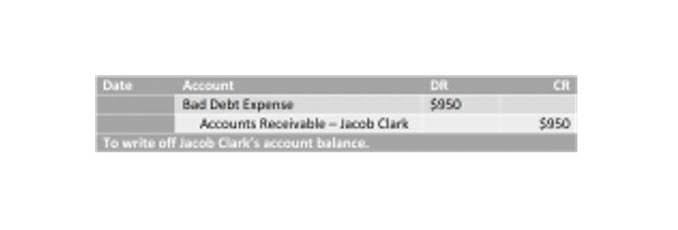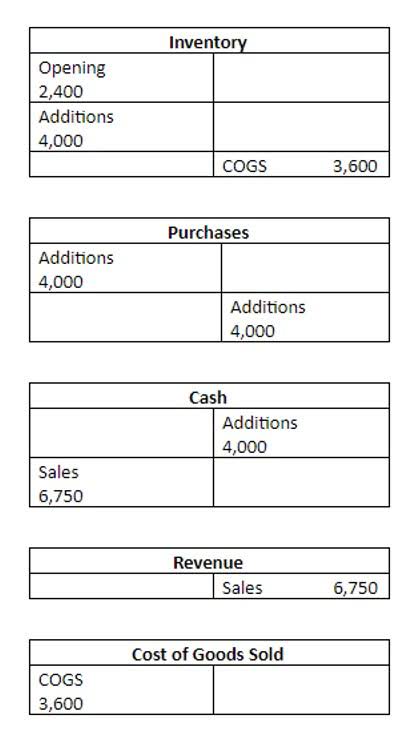
Negative equity occurs when a company’s liabilities exceed its assets, resulting in a negative net worth. This means that the company owes more than it owns and can be a cause for concern. Negative equity is often a sign of financial distress and can indicate the company’s inability to meet its financial obligations. The balance sheet equation is the foundation of the dual entry system of accounting.
How does total equity differ from net income?

Total capital doesn’t measure how easily a company can access cash to meet short-term obligations. A company may have a large total capital base but could still struggle with liquidity issues if its assets are not easily converted to cash. By comparing the relative proportions of debt and equity in total capital, companies can optimize their capital structure. A well-balanced mix of debt and equity can reduce the cost of capital and increase profitability. So, the average total equity is $102,252 which we can use to calculate the return on equity ratio.
How does total equity relate to the balance sheet?

The accounting equation ensures that the balance sheet remains balanced. Each entry made on the debit side has a corresponding entry how do you calculate total equity or coverage on the credit side. Comparing the equity and cost methods of accounting reveals significant differences in how investments are reported and analyzed. The premier platform for European financial data, serving investors and companies with 4.1 million+ filings from 13,675+ companies across 44 markets.

Identifying Total Assets
- TEV is considered a more comprehensive alternative to market capitalization and is commonly used to calculate the cost of a target company in a takeover.
- This step-by-step method uses real data to accurately work out equity.
- Equity represents the residual claim on assets after satisfying liabilities.
- Get instant access to over 2.8M filings from 8,970 companies across 44 markets.
- Shareholders’ equity includes preferred stock, common stock, retained earnings, and accumulated other comprehensive income.
Andy Smith is a Certified Financial Planner (CFP®), licensed realtor and educator with over 35 years of diverse financial management experience. He is an expert on personal finance, corporate finance and real estate and has assisted thousands of clients in meeting their financial goals over his career. Many lenders and situations do not require a down payment of 20%. In order for a borrower to avoid private mortgage insurance, they must often have at least 20% equity in their home. However, this is not a https://www.bookstime.com/ requirement at acquisition as some lenders may approve loans with down payments with 5% down or less.
Average total equity is the average carrying value of equity that are recorded on the balance sheet at the different reporting dates. Usually, the carrying value of equity at the end of the previous year and those at the end of the current year are used in the calculation to find average total equity on the balance sheet. ROE shows how well management uses company assets to generate profits. A high ROE indicates efficient management and a promising investment opportunity. Market value looks at a company’s current worth according to the market.

Comprehensive Guide to the Equity Accounting Formula
For equity analysts and investors, assessing common equity begins with evaluating book value, which provides a tangible measure of a company’s net asset value. This figure can be compared to market value to determine whether a stock is trading at a premium or discount. Debt-financed growth can increase earnings, and shareholders should expect to benefit if the incremental profit increase exceeds the related rise in debt service costs.
- Many businesses don’t officially start keeping track of the value of their equity until they incorporate.
- The most common use of equity value is to calculate the Price Earnings Ratio.
- This total matches the company’s assets, ensuring the balance sheet is balanced.
- Alphabet Inc had $359,268 million in Assets and $107,633 million in Liabilities at the end of 2021.
- No, total equity can be negative if a company’s liabilities exceed its assets.
- If the company is unable to manage its debts effectively, it may face difficulties in paying interest or principal repayments.
As such, many investors view companies with negative shareholders’ equity as risky or unsafe. In finance, equity is the market value of the assets owned by shareholders after all debts have been paid off. In accounting, equity refers to the book value of stockholders’ equity on the balance sheet, which is equal to assets minus liabilities.
What is Owner’s Equity?
This approach helps provide a clear picture of the financial health of your investments. To effectively use the equity accounting formula, maintain consistent financial records and make regular adjustments to reflect Financial Forecasting For Startups changes in equity. For example, if your company acquires 60% of another business, you’ll need to consolidate their accounts into your financial statements. This approach provides a clear, holistic view but requires careful navigation of consolidation challenges to avoid misstatements and guarantee accurate reporting. Consolidation advantages include enhanced financial reporting and the ability to leverage economies of scale.
- Book value is basic but widely used, especially in banking and insurance.
- Companies use the proceeds from the share sale to fund their business, grow operations, hire more people, and make acquisitions.
- Dividends are paid out in cash, so the company’s cash account would go down by $10,000.
- Not all high D/E ratios signal poor business prospects, however.
- This is useful to determine if a company is overleveraged, and how much it relies on debt financing.
- It shows that for every debit, It shows that there is an equal and opposite credit for every debit, and the sum of all the assets is always equal to the total of all its liabilities and equity.
- Only “accredited” investors, those with a net worth of at least $1 million, can take part in private equity or venture capital partnerships.
- The price-to-book (P/B) ratio, which compares market to book values, shows equity’s true market standing.
- A relatively high D/E ratio is commonplace in the banking and financial services sector.
- Whether you’re analyzing balance sheets, advising clients, or reviewing investments, mastering the calculation of equity strengthens your financial expertise.
It is a historical measure based on book value, which might not reflect the company’s current market value. Additionally, equity can fluctuate significantly based on the company’s accounting policies and decisions regarding dividends and share buybacks. Total Equity increases when a company retains more earnings, issues new shares, or experiences a rise in asset values. Positive net income added to retained earnings is the most common reason for an increase in equity. Total Equity is calculated by subtracting total liabilities from total assets. Treasury stock reduces total equity as it represents shares repurchased by the company, reducing the overall ownership interest.